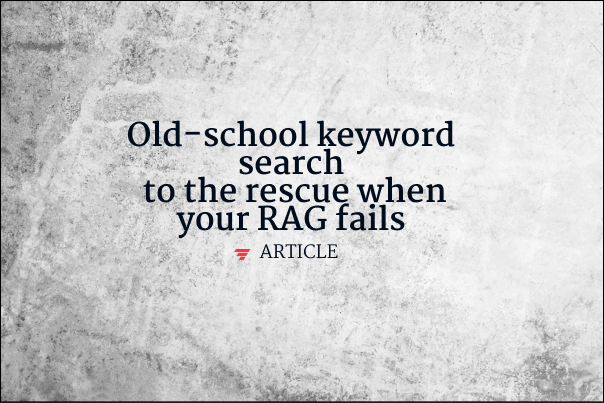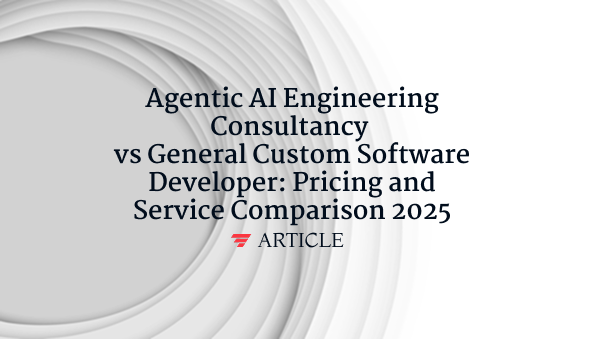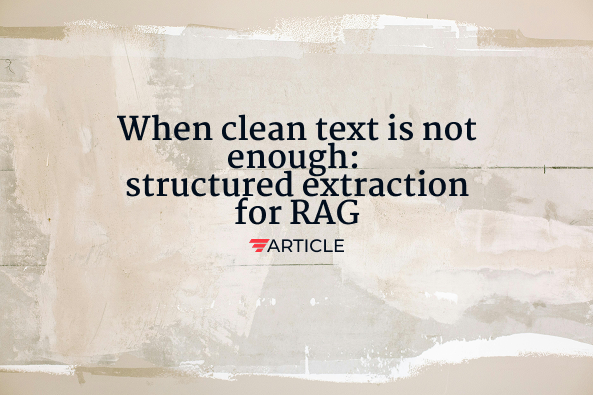Language Generation
Language generation is the artificial intelligence process of automatically producing coherent, contextually appropriate human-like text through neural networks and computational models. This natural language processing task employs autoregressive models like GPT that predict subsequent words based on preceding context, sequence-to-sequence architectures for translation and summarization, and transformer models using self-attention mechanisms to capture long-range dependencies. Modern language generation systems utilize pre-trained language models fine-tuned for specific tasks including dialogue generation, content creation, code synthesis, and creative writing. Key techniques include beam search for output optimization, temperature sampling for creativity control, and reinforcement learning from human feedback for alignment. Applications span chatbots, automated content creation, machine translation, and personalized communication systems. For AI agents, language generation enables natural human-computer interaction, dynamic response creation, and contextual communication essential for conversational interfaces and autonomous task completion.
Want to learn how these AI concepts work in practice?
Understanding AI is one thing. Explore how we apply these AI principles to build scalable, agentic workflows that deliver real ROI and value for organizations.



